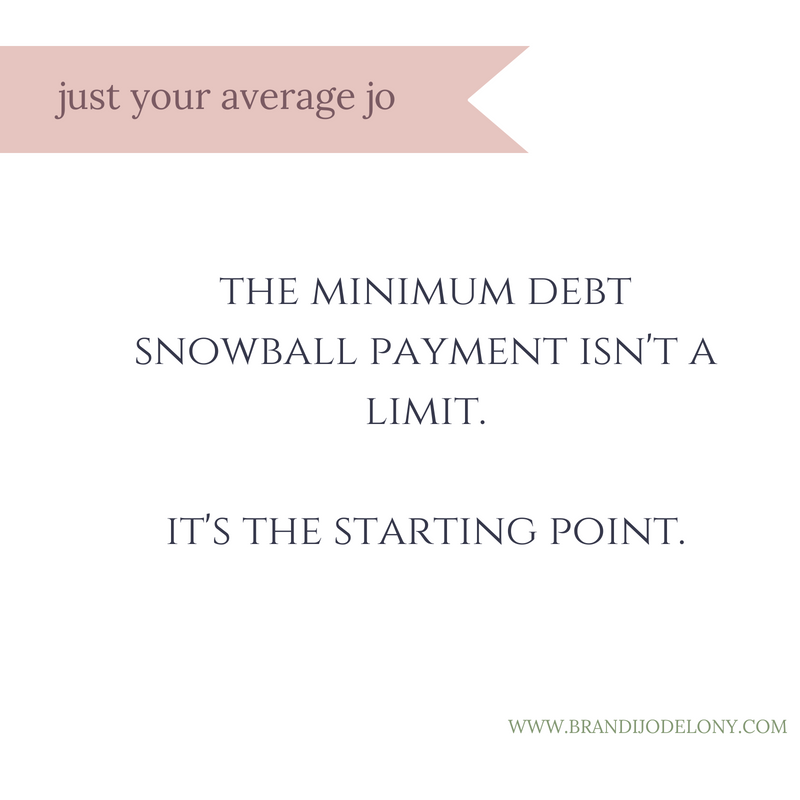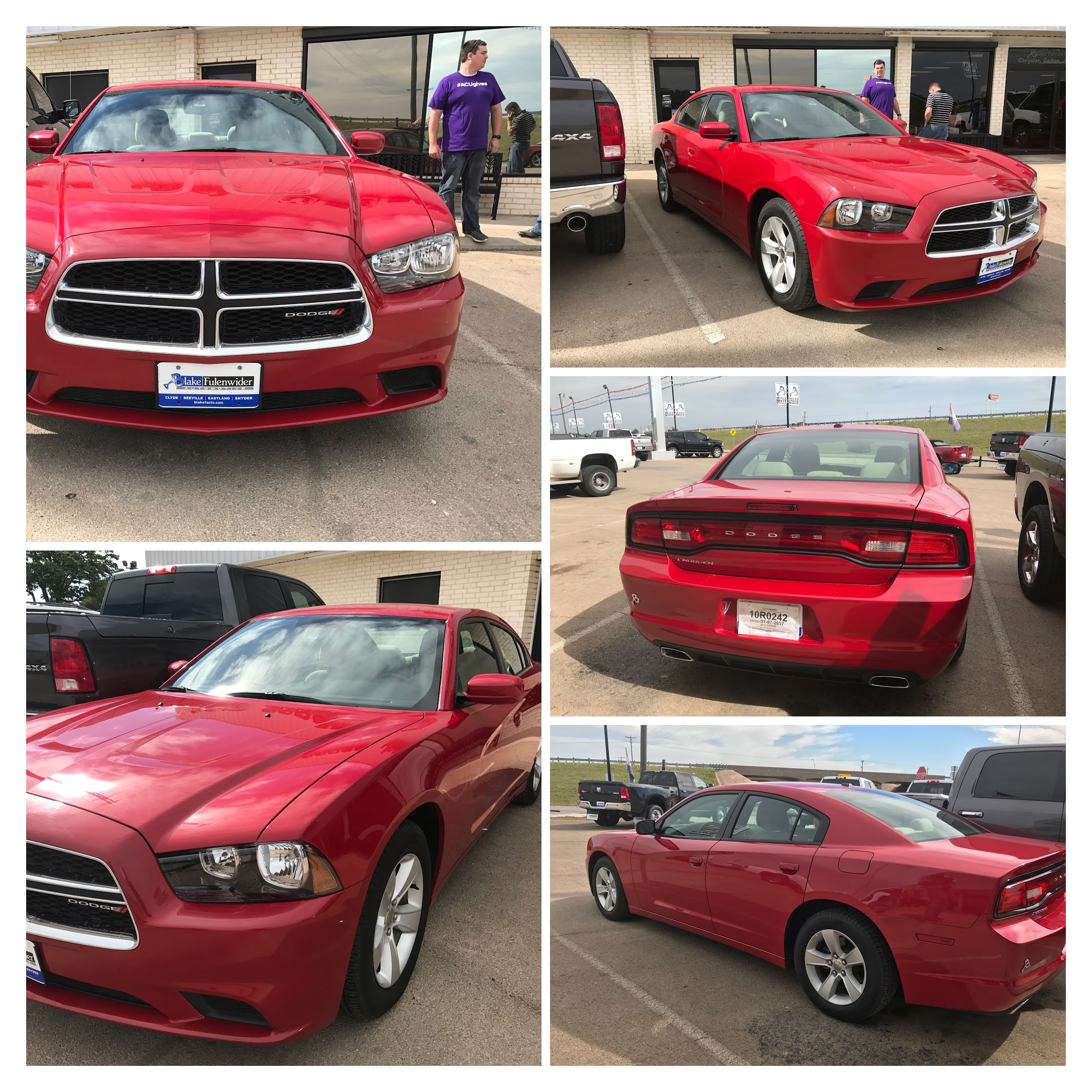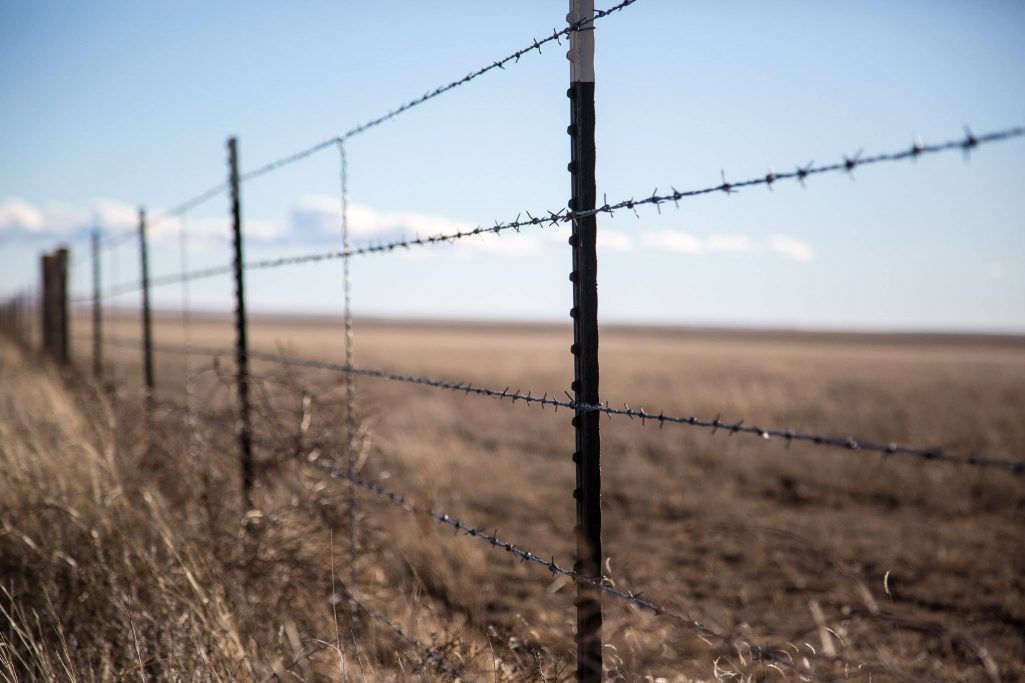$20,000. Paid off in six months.
Part of me can’t even believe we actually managed to pull it off. But, there’s another part of me that can believe it because I know the way in which we approached purchasing the car and the way we handled our finances after driving off the lot with the car. That approach is outlined in the post below.
We budgeted with early payoff in mind.
Scott and I budget. Towards the end of every month, we sit down together to discuss the upcoming month’s budget. We talk about the usual monthly obligations like groceries, fuel, electricity, pets and, yes, even debt. We also think about any obligations that are specific to that month like birthdays, licenses, road trips, and the like. We decide how much of our income we’re going to allocate to each category and then utilize a budgeting app called YNAB to manage those decisions as the month progresses.
Because we budget, we know exactly what our monthly income is and how much of that income is obligated to other things on a regular basis. This allows us to know how much “extra” we have available for other things; like, for example, to throw on top of the monthly payment on a car loan to get it paid off quicker.
We committed to a minimum debt snowball amount each month. 
Once we determined the “extra” we had available, we had to decide how much of that extra we were willing to commit, every month, towards paying off a car as quickly as possible. Then, we agreed that our monthly debt snowball would be no less than that amount.
In this case, that minimum debt snowball amount was $1,750.
We committed to a total vehicle cost that could be paid off in roughly 12 months.
Our goal wasn’t to purchase a vehicle that we could afford month-to-month. Our goal was to find a vehicle that we could pay off in about a year given our minimum debt snowball amount. As such, we were clear in our communications with the salesman that we were not interested in talking about the monthly payment. We didn’t have a monthly payment target in mind nor did we want to try and figure one out. We were interested in the out-of-the-door total price of the vehicle.
For us, that total vehicle cost topped out at $20,000. That’s the amount we felt confident that we could pay off in roughly a year.
The monthly payment on the loan worked out to be $299.42 each month. That means that, between it and the minimum debt snowball amount of $1,750, we committed to paying over $2,000 a month to pay the car off in roughly 12 months (amortized, it worked out to be closer to 14 months).
We reevaluated other financial choices we’d made.
Now, some of you reading this are thinking, “that’s great, but this post is supposed to be about how you guys paid the car off in half that time!” Touche. Thanks for hanging with me so far; let’s get to that now, shall we?
A few years ago, Scott and I had successfully crossed over into living a month ahead. This meant that our current month’s income sat in the bank while we used the previous month’s income to pay for life. If you’ve never done it, try it. It’s amazing and I highly recommend it.
However, we began to talk about making becoming debt-free the priority in our finances. Doing so has been a priority all of our marriage but it hasn’t been the priority. And, therefore, it has taken the backseat to other decisions like, for example, getting a month ahead. So, we decided to drain that buffer and throw a big’ole debt snowball at the car.
That was about $6,000.
We followed the plan.
All the running of numbers and talk of commitment and such in the world means jack squat unless you actually follow the plan you worked out. Scott and I had committed to a paying minimum of $1,750 in addition to the monthly car payment of $299.42. That’s a lot of money each month. Money that could be used for other things like weekend getaways, improvements to our home, eating out, clothes, toys, pedicures, or any other fun lifestyle indulgences.
But, we didn’t spend it on those things. Instead, we stuck to the plan and put the extra money we had available on the debt.
Bonus: windfalls & freelance income
Now, again. For those of you who are especially astute, you’ll probably realize that all that math doesn’t work out to be $20k in six months. We’re a month or two shy. And you would be correct.

She was pretty the day we bought her, it’s true. But she’s even prettier now that she’s ALL ours!
What ultimately pushed us over the edge was a combination of a windfall (i.e. unexpected income from somewhere) and freelance income. Because we’d already decided that becoming debt-free was going to be the priority until it was reached, then that meant that any and all unexpected income would go toward paying off our non-mortgage debt. In other words, the minimum debt snowball payment isn’t a limit. It’s a starting point.
In August, we received an unexpected inheritance check from the passing of Scott’s grandmother. And, in September, Scott finished a freelance project for a local advertising agency. Last week, we received the payment for that project and used it to pay off the remaining balance of $2500 on the car yesterday.
Closing thoughts
As you can see, Scott and I are not wealthy people nor is there anything about us that is particularly special or different from any other married couple in the world. Perhaps the primary difference in us that made it possible to do this thing is commitment and follow through. We followed through on what we had committed to instead of allowing our (relatively) temporary wants and desires take over. It’s not easy, but it is worth it.
And, with the car paid off, we can now move our debt-free focus entirely to our final (non-mortgage) debt: my student loan. It’s just under $30k but it’s also the home-stretch and we’re feeling feisty!
Wish us luck!
